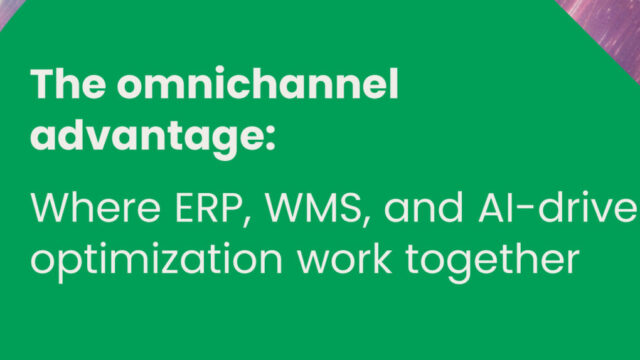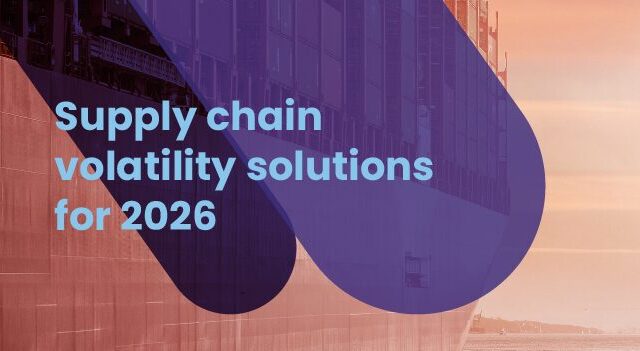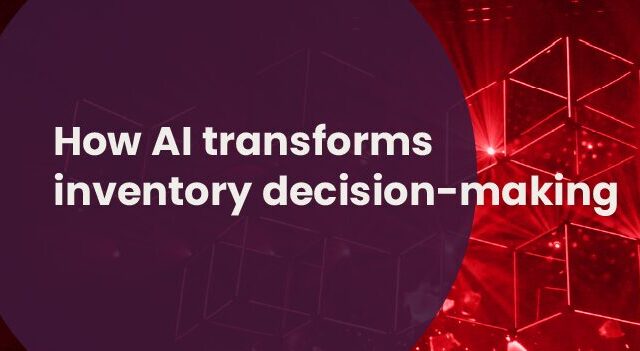Business planning in today’s fast-paced global marketplace is both complex and dynamic. Choosing the right planning process can significantly impact business efficiency. Sales and Operations Planning (S&OP) and Integrated Business Planning (IBP) are two related processes that help businesses align their operations, finances, and sales. While both processes aim to balance supply and demand, optimize inventory, and align company resources with market demand, they differ in scope and execution. The decision on which process to use depends on the size, complexity, and strategic needs of the business.
What is Sales and Operations Planning (S&OP)?
S&OP is a process that integrates sales, operations, and supply chain management to ensure a business can meet customer demand effectively and efficiently. S&OP focuses on balancing supply and demand. Its primary goal is to align sales forecasts with operational capabilities, making sure that production, inventory, and procurement plans can meet the projected demand. It is used extensively in medium-sized businesses or companies with simpler supply chains. S&OP is a tactical process focused on aligning sales forecasts with production and operational capabilities over short- to medium-term horizons (typically 6-18 months). The core steps in the process involve:
- Gathering and verifying data
- A planning cycle, usually monthly
- Balancing sales, production, and inventory plans
- Aligning cross-functional teams (sales, marketing, production)
- Limited focus on financial metrics or strategic objectives
- A review and approval process
S&OP supports enhanced cross-functional collaboration (e.g., between sales and operations), improved balancing of demand and supply and increased operational efficiency, leading to cost savings.
What is Integrated Business Planning (IBP)?
IBP is a broader extension of S&OP, incorporating more functions and extending the planning process to include financial planning, strategy, and longer-term objectives. IBP operates at a higher level. It not only aligns sales and operations but also integrates finance, product development, and other business functions into a unified plan. It aims to create a unified business plan that aligns strategic objectives, financial goals, budgets and operational performance. IBP helps drive company-wide alignment and focuses on long-term growth and profitability over a longer term, up to 5 years. It is used in large organizations with complex supply chains that need to integrate operational and financial planning for better alignment with corporate strategy. IBPs main features are that it:
- integrates broader business functions including finance, marketing, and product development
- focuses on both mid- and long-term planning (typically 12-60 months)
- involves executive-level leadership to drive company-wide alignment
- has greater emphasis on financial metrics and profitability
- is more strategic and financially focused than S&OP
IBP creates greater strategic alignment across the organization, delivering improved scenario planning and risk management. IBP provides better data-based decision-making based on agreed financial metrics.
Key differences between S&OP and IBP
| S&OP | IBP | |
|---|---|---|
| Scope | Focuses primarily on demand and supply alignment | Encompasses broader business planning, including finance and strategy |
| Time Frame | Typically, 6-18 months | Covers 12-60 months, often aligned with corporate strategy |
| Involvement | Primarily involves sales, operations, and supply chain | Includes sales, operations, finance, product development, and top executives |
| Financial Focus | Limited financial alignment | Direct integration of financial goals and metrics |
| Strategic Alignment | Tactical, operational focus | Strong focus on aligning operational plans with corporate strategy |
| Complexity | Suitable for less complex environments | Best for large, complex, or global businesses |
Which process is right for your organization?
When to choose S&O: If your business is medium-sized, with a less complex supply chain, and your primary focus is on aligning sales forecasts with production capabilities, then S&OP may be the best fit. It provides a structured way to balance supply and demand over the medium term and is easier to implement with fewer cross-functional teams involved. It works well in manufacturing and the fast-moving consumer goods (FMCG) sectors.
When to choose IBP: If your business is larger or more complex, and you need to align strategic objectives with operational plans while also integrating financial performance, then IBP is a better choice. It provides a more comprehensive approach to business planning and helps drive overall corporate alignment. It is especially recommended for global and regional enterprises and those companies launching new products or entering new markets.
Customer success: Edwards Garment achieves $900,000 reduction in inventory write-offs
Edwards Garment provides an online distribution business for the uniform apparel industry across the USA. They offer specialized services, including custom design or style modifications, hemming, branding, and private labeling. They supply their products to industrial laundries, specialty dealers, uniform distributors, and retailers.
Edwards purchases fabric from numerous mills and maintains a fabric inventory at several manufacturing plants. These plants provide all the cutting and sewing and fulfill the orders to Edwards, who supplies its customers. Embroidery on large orders is contracted to the plants, whereas other minor requests are managed at the Edwards warehouse.
Like most companies, Edwards managed their replenishment by exporting their inventory lists into a spreadsheet. It was a manual and time-consuming process to handle 50,000 SKUs across 2,500 style colors. Netstock was installed, training was completed, and the system was functional within two months.
Read more HERE.
Choosing between IBP and S&OP for your business
Organizational maturity is important: IBP is more advanced and requires an organizational commitment to integrating finance, strategy, and operations across the entire business. IBP requires an executive-level commitment to ensure alignment with corporate goals, financial objectives, and broader business strategies.
S&OP is less sophisticated and is a great first step for businesses that are beginning to integrate their planning processes across the supply chain. S&OP typically involves mid-level managers who are responsible for balancing supply and demand.
For some businesses in a growth phase, integrating both processes might make sense. Evaluate your current needs and future objectives to choose the best planning process for your organization. The complexity of operations is a major consideration. Companies can use S&OP for short-term execution while leveraging IBP for long-term strategic alignment.
Customer success: The Little Potato Company improves fill rate by 8%
Founded in 1996, The Little Potato Company (TLPC) has been the leading farmer of creamer potatoes. They have three production facilities and eight distribution centers that service the US and Canadian markets through large grocers and superstores. TLPC was growing exponentially, and with this growth came the realization that it was no longer sustainable to plan their demand and supply using spreadsheets. Everything they were doing was Excel-based and fraught with challenges. Managing the sheer volume of data when forecasting by customer and item was becoming time-intensive and complex. Customer A would provide a forecast, but it was serviced from 3 different locations; how do you split that up, and by what percentage? Customer B went on promo; how much and where do you allocate that? Investing in Netstock, TLPC can now plan using different metrics and safety stock parameters. Being able to adjust safety stock based on statistical modeling using history and forecast deviation instead of just a number of days of coverage has improved our inventory fill rate from 90.9 to 98%.
Read more HERE.
The power of demand and supply planning technology
Current technology trends in Integrated Business Planning (IBP) focus on AI-driven analytics, machine learning (ML), and predictive forecasting for more accurate demand planning. Cloud-based IBP solutions using collaboration platforms offer real-time data integration, while IoT and Big Data enhance supply chain visibility.
In summary, S&OP is tactical, focusing on the short term, while IBP is strategic, focusing on long-term business goals. Whether applying S&OP or IBP processes they both need dependable and verified data for demand forecasting and planning. Technology is the enabler. Cloud-based software solutions that provide advanced analytics capabilities provide the basis for informed decision-making. The right demand and supply planning solutions can allow you to evaluate alternative scenarios and make the best S&OP vs IBP decisions for your business.




